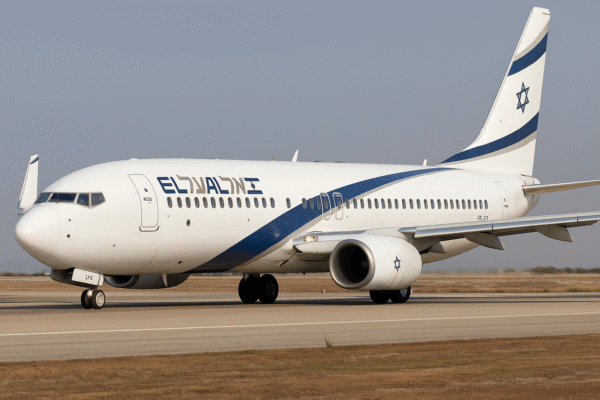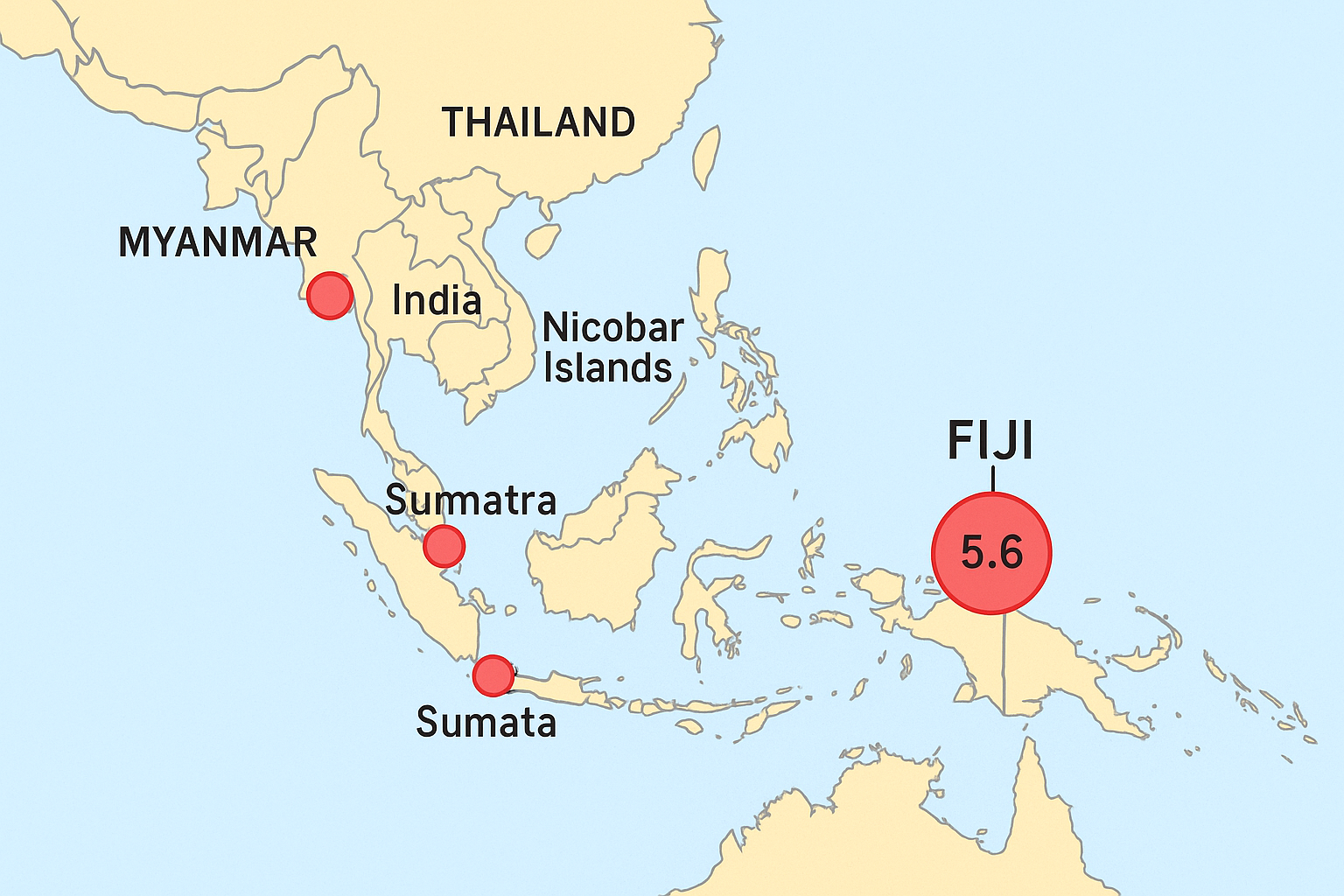India has catapulted into the ranks of Asia-Pacific’s leading business aviation markets, joining the likes of China and Australia. In 2024, India recorded an industry-leading 12% growth in its business jet fleet, expanding from 150 to 168 aircraft, according to the latest regional aviation data. This surge positions India as the third-largest business jet market in Asia-Pacific, underscoring the nation’s robust economic trajectory and forward-looking aviation policies.
Business Jet Boom: What’s Fueling the Ascent?
A convergence of strategic factors is driving this transformation. Foremost among them is India’s expanding class of high-net-worth individuals (HNWIs). According to the Knight Frank Wealth Report 2024, India is home to over 13,000 ultra-HNWIs, with that number expected to rise sharply by 2028. These individuals increasingly favor business aviation for its convenience, flexibility, and time efficiency.
In tandem, Indian corporations are expanding globally, and C-suite executives now rely more heavily on private aviation to reach international partners, attend summits, and manage cross-border operations. From family-owned conglomerates to startups with overseas ambitions, the appeal of business jets has grown significantly.
GIFT City: The Game-Changer in Aviation Finance
A pivotal role in this growth is played by Gujarat International Finance Tec-City (GIFT City)—India’s first operational smart city and international financial services hub. In 2023, the Indian government introduced aircraft leasing reforms at GIFT City, creating a favorable regulatory framework that mirrors those in aviation leasing powerhouses like Ireland and Singapore.
These reforms allow for tax-efficient, onshore leasing structures that simplify jet acquisition, especially for charter operators and corporate buyers. The ability to lease jets from a domestic financial ecosystem has drastically reduced dependence on complex international procurement channels, making private jet ownership more accessible.
Global OEMs Deepen Indian Engagement
Recognizing India’s market potential, global aircraft manufacturers have increased their presence. Gulfstream, Bombardier, and Embraer have reported rising inquiries for long-range models like the G700, Global 8000, and Praetor 600, respectively—jets capable of non-stop travel between India and Europe or the U.S.
In a major move, Embraer recently established a wholly-owned Indian subsidiary, aimed at improving after-sales support and local market responsiveness. This marks a strategic pivot from simply selling aircraft to building a sustainable ecosystem in India.
Furthermore, companies like Bombardier have engaged with Indian charter firms and are exploring training partnerships to build local expertise in maintenance, repair, and overhaul (MRO) services.
Market Challenges: Bottlenecks in a Growing Sector
Despite its upward trajectory, India’s business aviation market still faces structural challenges. A heavy reliance on pre-owned aircraft persists due to long lead times for new jet deliveries, caused by global supply chain delays. This trend limits access to cutting-edge technology for many Indian buyers.
Additionally, India lacks a fractional ownership model, a structure widely adopted in the U.S. and Europe that allows shared ownership and cost-sharing of business jets. Without this, small and mid-sized enterprises find full ownership prohibitively expensive.
Infrastructure limitations at Tier-2 and Tier-3 airports, a scarcity of Fixed Base Operators (FBOs), and regulatory bottlenecks further slow market penetration outside metro hubs.
Policy Advocacy and Industry Roadmap
To address these gaps, the Business Aircraft Operators Association (BAOA) is actively lobbying for fractional ownership legalization, clearer taxation policies, and improved operational guidelines for general aviation. BAOA President R.K. Bali emphasized the need for policy standardization, which could catalyze equitable aviation development across regions.
There is also momentum to develop more FBOs at non-metro airports to support charter flights, offer premium passenger services, and improve turnaround times. According to the Ministry of Civil Aviation, plans are in place under the UDAN 5.0 scheme to improve general aviation infrastructure, which could indirectly benefit the private jet sector.
Future Outlook: Steady Climb into 2025 and Beyond
The outlook for 2025 is overwhelmingly positive. The International Air Transport Association (IATA) forecasts a 5% annual growth in Asia-Pacific business aviation through 2030, with India contributing significantly to that uptick. Industry insiders believe the Indian market could surpass 200 business jets by the end of 2026 if regulatory and infrastructure reforms continue at pace.
Furthermore, the GIFT City aircraft leasing ecosystem is expected to draw more global lessors and private equity investors into Indian aviation. The Indian government’s ease-of-doing-business agenda and its push for self-reliance in aviation financing could position India as a regional leasing hub, rivaling Dubai and Hong Kong.
Charter operators, meanwhile, are reporting an uptick in bookings by film industry professionals, political leaders, and top executives, normalizing private jet use across varied sectors. With luxury travel demand increasing domestically and internationally, business aviation is shedding its elite-only image and becoming a tool for mobility and efficiency.
Conclusion
India’s meteoric rise in the business aviation sector is no longer speculative—it’s structural. Backed by progressive reforms at GIFT City, rising demand for long-range jets, and the globalization of Indian enterprises, the country now commands a pivotal role in Asia-Pacific’s aviation future.
While infrastructure and policy challenges persist, the momentum is clearly in favor of continued expansion. As global manufacturers establish deeper roots and Indian policymakers respond to industry needs, the sky is no longer the limit—it’s the starting point for India’s business aviation renaissance.
For more travel news like this, keep reading Global Travel Wire


















